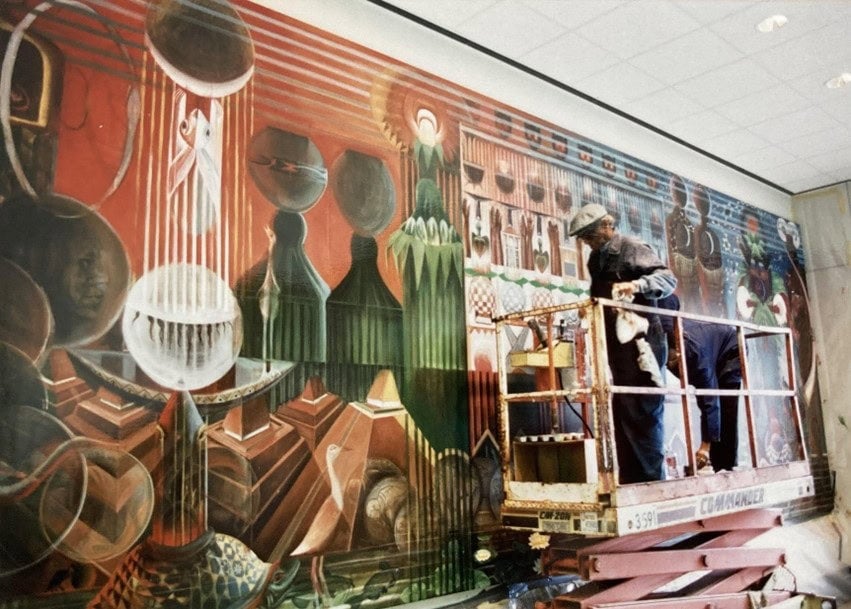
Burnaway Magazine
In July’s co-publishing partnership with Oxford American, Daniel Fuller travels around Houston on a John T. Biggers mural tour, detailing the artist's legacy left around the city.
Read More

In July’s co-publishing partnership with Oxford American, Daniel Fuller travels around Houston on a John T. Biggers mural tour, detailing the artist's legacy left around the city.
Read More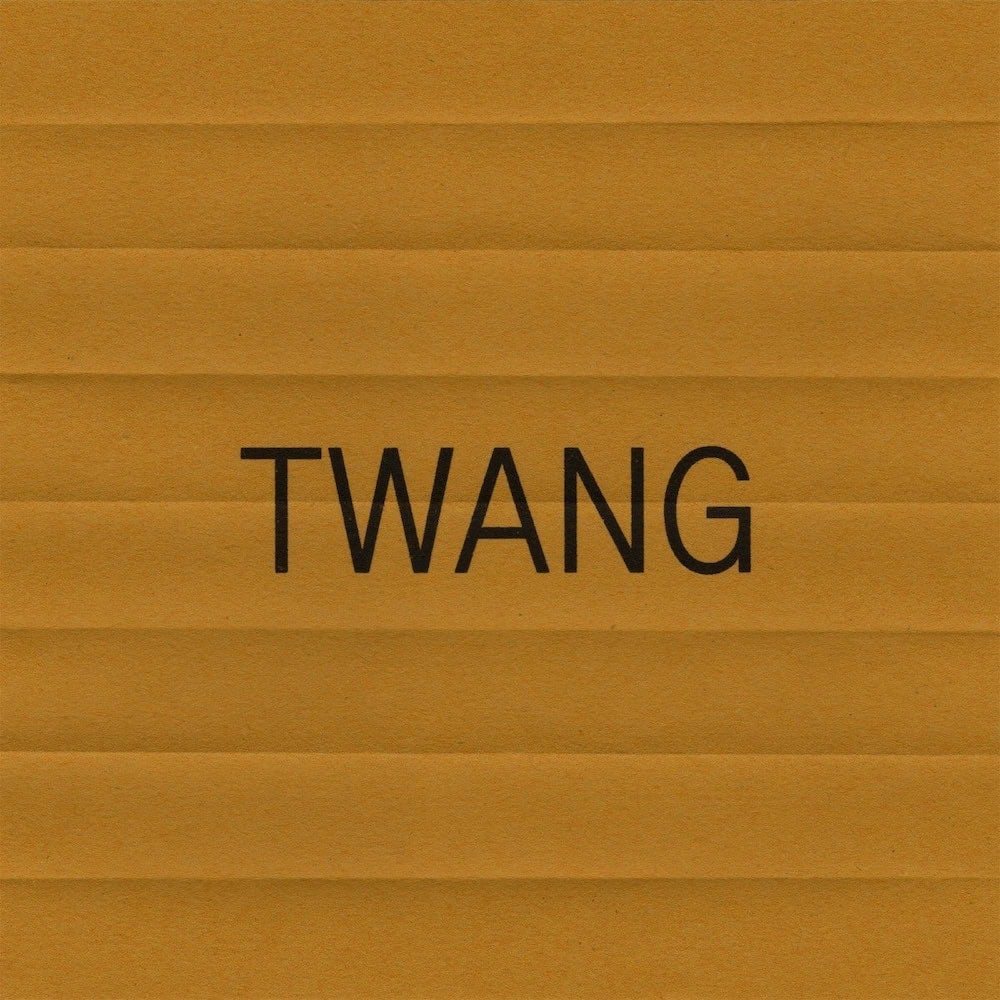
considers the spoken and heard vernacular in the American South and ways in which we communicate across the Region. Yes, it is accents and pronunciations, but it is also an auditory marker and a trace of place. Twang is hyperlocal lingo and addresses region-specific, city-specific, even house-specific vocabulary. It is a Southern export, a diasporic carrier. It is also reverb, echo, and slowness, which can be observed through the timbre of a musical instrument like a banjo, or André 3000’s New Blue Sun. The theme troubles cultural assumptions and provides intrigue for writing and art that addresses projected or mistaken identities. Twang signals “you are/aren’t from around here,” but also, “we are not in a hurry to get there.”
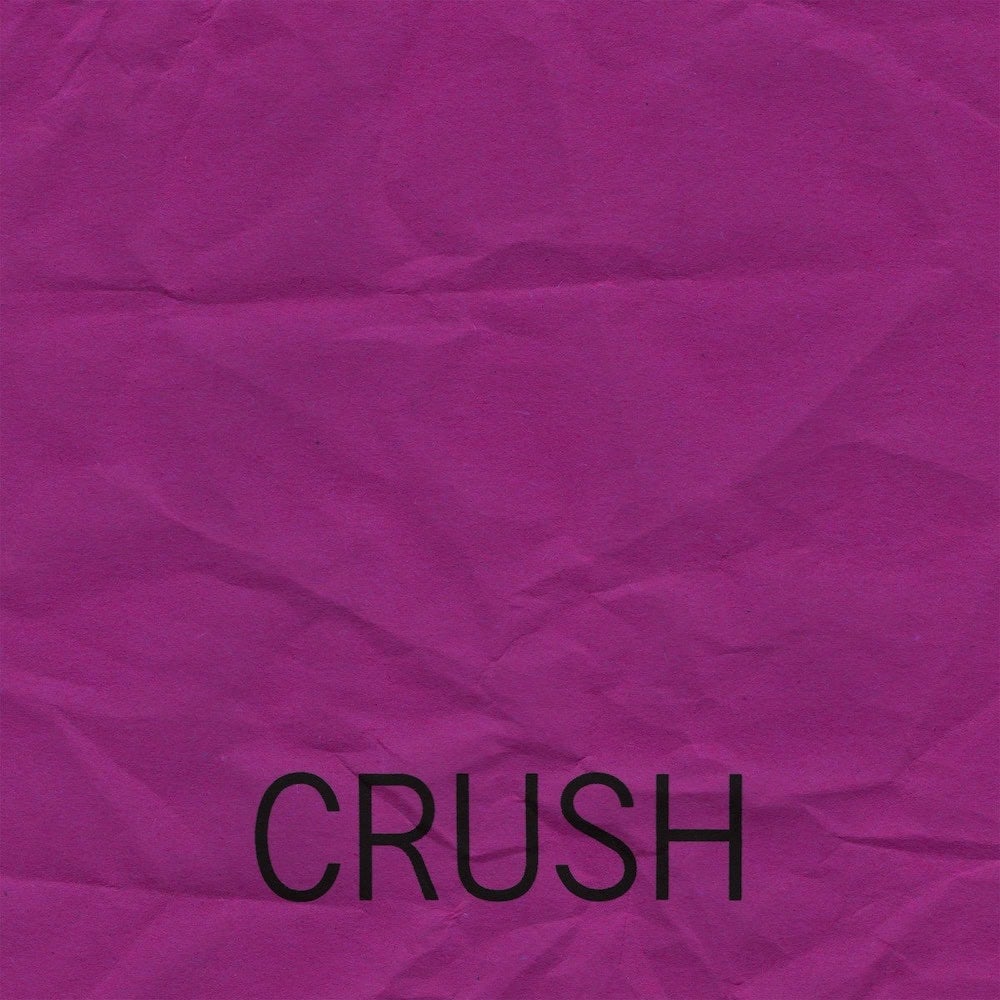
traverses desire in all its overwhelming iterations, from interpersonal romance to enthusiasm for a certain artist/artwork, and as well as other cringe-worthy scenarios in this contemporary age. It also encapsulates the physical act of “crushing” and aesthetics that reflect a reactive quality, or materials and forms that show the artist’s hand. Crush examines the visual intensity found in “maximalist art” i.e. large-scale installations, layered and interdisciplinary compositions, enthusiastic gestures, and piling on of all kinds. It is the accumulative nature of some Southern homes as well as artists that collect and employ found objects, like Thornton Dial. Think also about reverence, retrospectives, what it means to pay homage, pen odes, and perform acts of service. Be too much. Get too close.
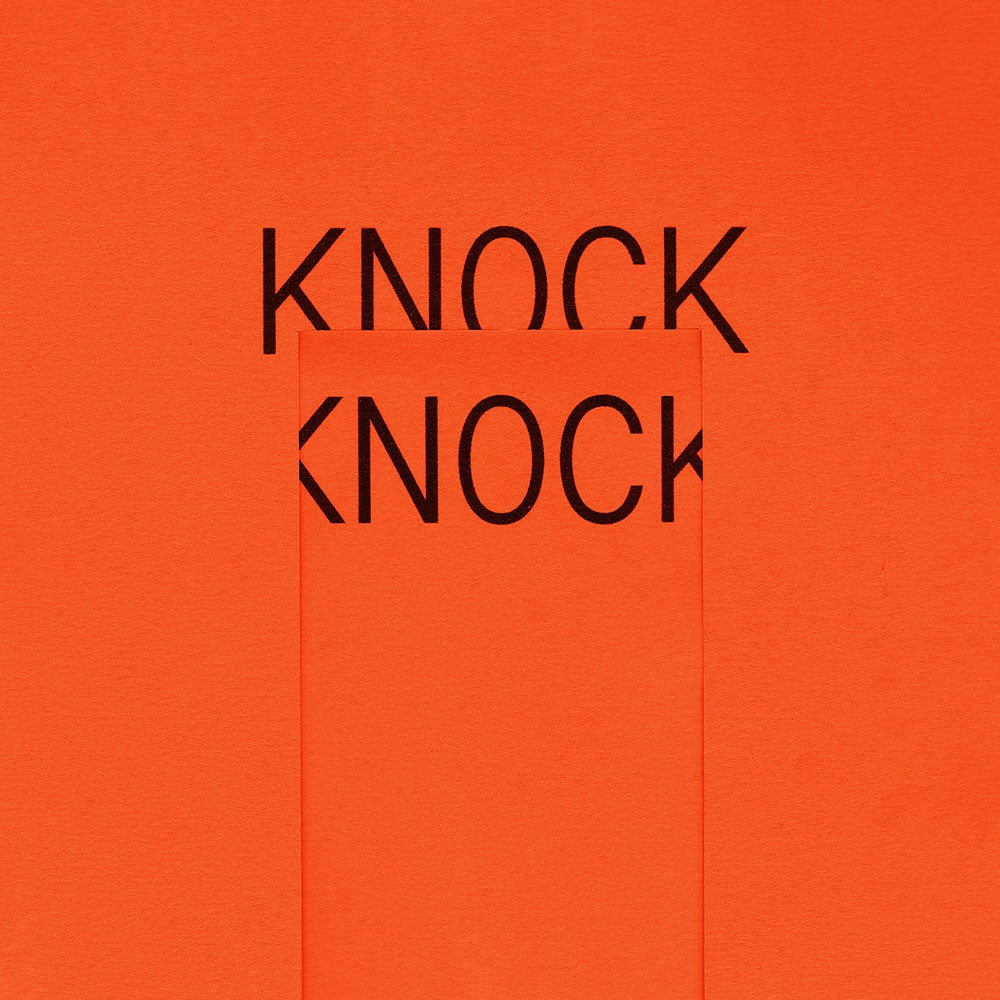
is about introductions, jokes, and local activism. It is going door to door and meeting face to face. Whether addressing political canvassing in this election year or trick-or-treating, the theme questions: what does it mean to be neighborly in the South? What do we owe one another? Employing matter-of-fact revelations or grappling with complex truths, Knock Knock speaks to proximity and presence. It is relational, even familial, in application. It also includes actual entrances, artistic thresholds, as well as metaphorical doors opening—and sometimes—slamming shut. Knock Knock is art that addresses architecture, “hitting the pavement,” and cul-de-sacs. It is an opportunity offered and (maybe) revoked. Who's there?
I think we all manufacture intimacy all the time. It’s like going on a date—we’re going to a restaurant, we are wearing special outfits, we’re rising to the occasion to make it work.
”E.C. Flamming interviews Atlanta-based artist Andrew Lyman as part of Burnaway's theme series CRUSH, where they discuss intimacy, his entry point into photography, and crushing on your friend group.
Read More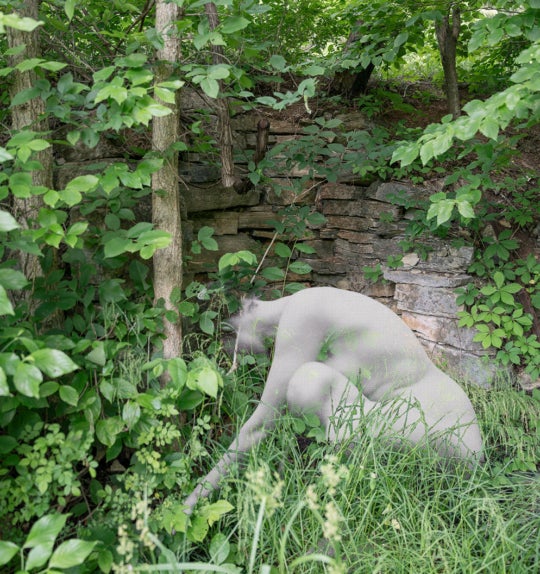
For Burnaway's June Mood Ring, Michael Borowski interrogates the queer history of mineral spring resorts and bathhouses across Virginia and West Virginia.
In July’s co-publishing partnership with Oxford American, Leo Shannon writes on the flood-salvaged recordings of Morgan Sexton, the East Kentucky banjo legend.
In June's co-publishing partnership with Oxford American, UFO enthusiast and author Will Clarke goes behind the scenes at Rice University’s 2025 Archives of the Impossible Conference in Houston, Texas.
In June's co-publishing partnership with Oxford American, Colony Little examines how Black Mountain College catalyzed Ruth Asawa's artistic career and arts education within San Francisco public schools.